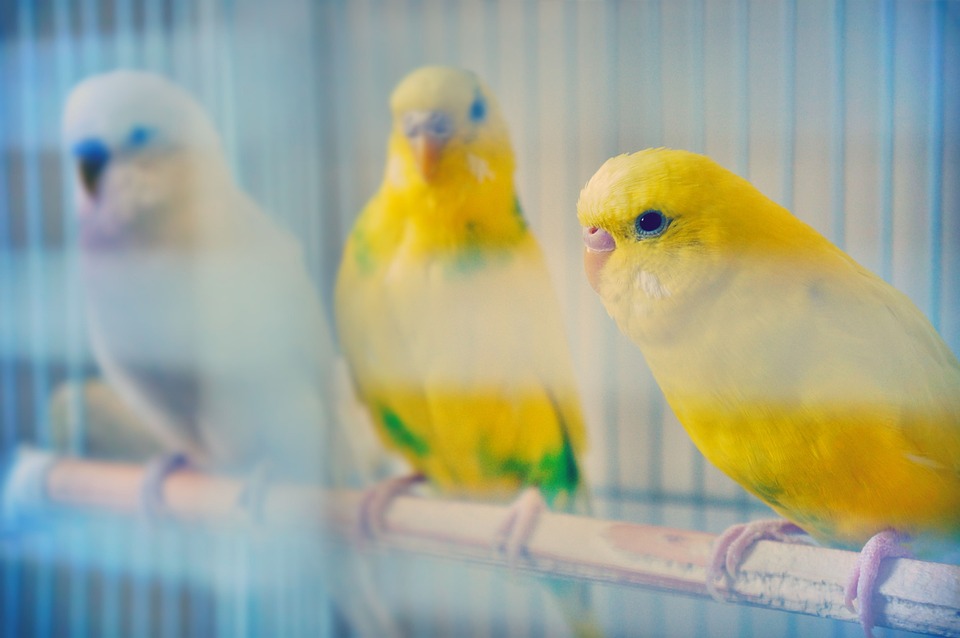Parrots are fascinating creatures known for their vibrant colors, intelligence, and ability to mimic human speech. While they can form deep bonds with their owners, they may react differently when encountering strangers. In this article, we will delve into the behavior of parrots when faced with unfamiliar individuals, exploring their reactions, possible reasons behind these behaviors, and how to ensure a positive interaction. Understanding the intricacies of parrot behavior can help foster a harmonious environment for both your feathered friend and any guests you may have.
When a parrot encounters a stranger, their initial reaction can vary greatly depending on the individual bird’s personality, previous experiences, and the stranger’s behavior. Some parrots may exhibit fear-based behaviors, such as retreating, vocalizing in alarm, or even displaying aggression. On the other hand, some parrots may display curiosity, approaching the stranger and observing their actions with interest. It’s crucial to recognize these initial reactions as they provide valuable insights into the parrot’s emotional state and help determine the appropriate course of action.
Several key factors influence how parrots react to strangers. Understanding these factors can assist in managing their responses and creating a comfortable environment for both the parrot and visitors. Socialization and training play a significant role in how parrots behave towards strangers. Parrots that have received proper socialization and training from a young age tend to be more confident and adaptable when faced with unfamiliar situations. Regular exposure to various people, environments, and positive reinforcement training can help parrots develop better coping mechanisms and reduce fear-based reactions.
Previous experiences also shape a parrot’s behavior towards strangers. Negative encounters with strangers in the past can increase fear or aggression, while positive interactions can foster trust and ease their apprehensions. It’s important to consider a parrot’s history when trying to understand their reactions to strangers.
Parrots are highly perceptive creatures, capable of picking up on subtle body language and non-verbal cues. Strangers who approach a parrot calmly, avoiding sudden movements or direct eye contact, are more likely to elicit a positive response. Conversely, aggressive or threatening body language can trigger fear or aggression in parrots.
To ensure a positive interaction between your parrot and strangers, consider implementing the following tips. First, inform your guests about your parrot’s presence and behavior beforehand, providing them with guidelines on how to approach and interact with your parrot. Educate them on the importance of remaining calm and avoiding sudden movements or loud noises. Gradual introductions can also help reduce fear. Allow your parrot to observe strangers from a distance initially, gradually acclimating them to the new person’s presence. This gradual approach gives the parrot time to assess the stranger’s intentions and reduces stress. When your parrot displays calm and relaxed behavior around strangers, reward them with treats or praise. Positive reinforcement will associate the stranger’s presence with positive experiences, encouraging the parrot to view them in a more favorable light. Lastly, always supervise interactions between your parrot and strangers, ensuring the safety of both parties. Have a designated safe area where your parrot can retreat to if they feel overwhelmed or stressed.
Some frequently asked questions about parrot behavior towards strangers include why parrots become aggressive towards strangers, whether parrots can be trained to be more comfortable around strangers, signs of stress in parrots, and how long it takes for a parrot to get used to strangers. Aggression towards strangers can stem from fear, protective instincts, or previous negative experiences. With proper training and socialization, most parrots can become more comfortable around strangers. Signs of stress in parrots include vocalizing in alarm, aggressive behavior, excessive feather plucking, dilated pupils, fluffed-up feathers, or attempting to retreat. The time it takes for a parrot to get used to strangers varies depending on the individual bird’s personality, previous experiences, and the level of socialization and training they have received.
In conclusion, understanding how parrots react to strangers is crucial for creating a safe and harmonious environment for both your feathered friend and any visitors you may have. By considering factors such as socialization, previous experiences, and non-verbal cues, you can help your parrot feel more comfortable around unfamiliar individuals. With patience, positive reinforcement, and proper training, you can foster a positive relationship between your parrot and the people they encounter, ensuring a pleasant experience for everyone involved.









